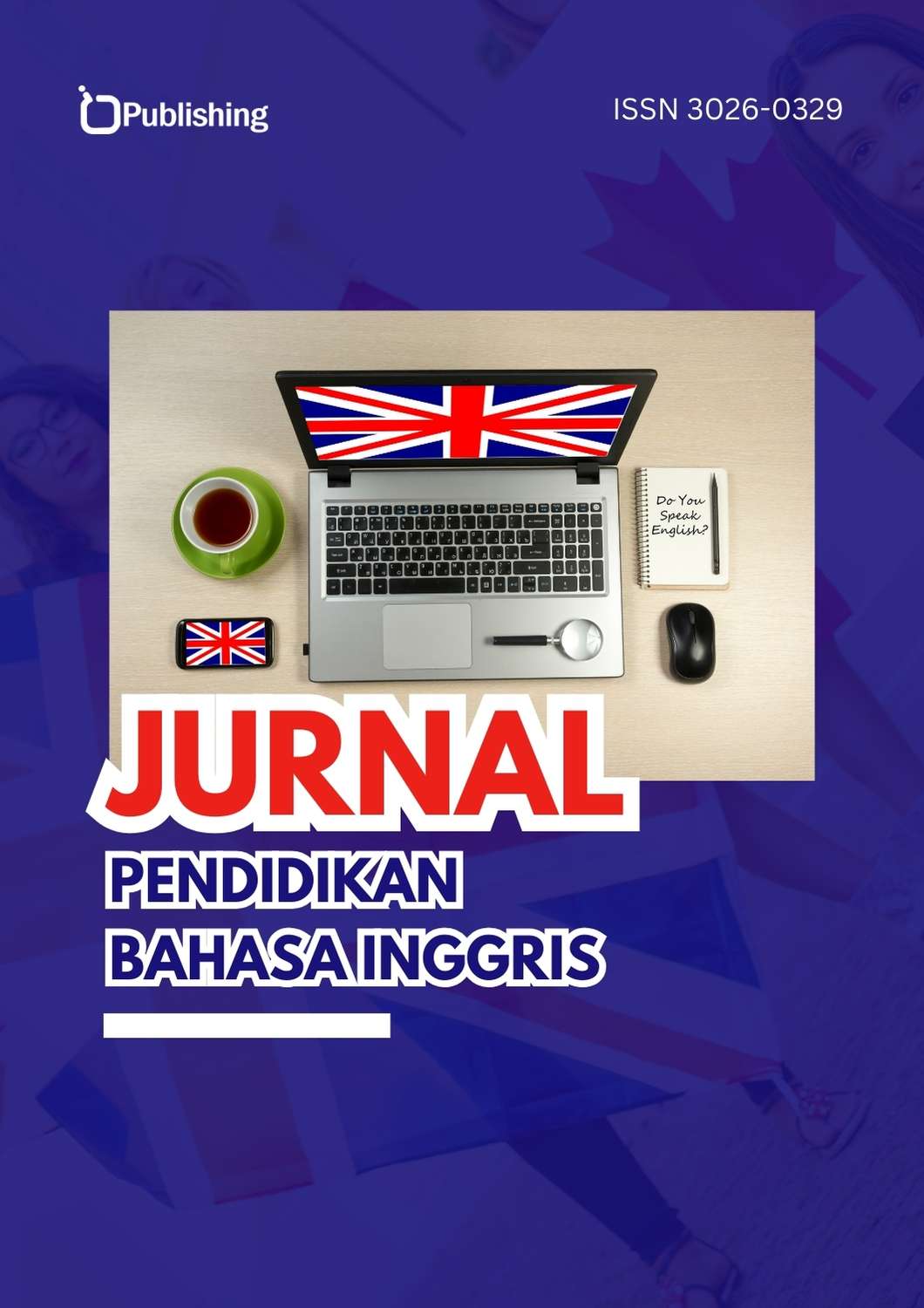Phases, Methods, and Approaches to Developing Students’ Reading Skills in English
DOI:
https://doi.org/10.47134/jpbi.v2i4.1853Keywords:
English Language, Types of Speech Activity, Pre-Reading, While-Reading, Post-Reading Stages, Extensive Reading, Intensive Reading, Skimming, Scanning, Teaching Reading, Text, Reading Instruction ExercisesAbstract
This article addresses the methodological issues of developing reading competence in English language lessons. It presents a detailed analysis of the stages, forms, and means of teaching reading in English classes. It is argued that teaching based on authentic texts proves to be an effective approach. However, it is also noted that the development of reading competence in English language instruction has not been sufficiently studied. The article highlights current research findings and results related to the use of authentic texts in English language education. This work is particularly useful for foreign language teachers and students specializing in foreign languages, especially in preparing their graduation qualification papers
References
A. Gilmore, "Authentic materials and authenticity in foreign language learning," Language Teaching, vol. 40, no. 2, pp. 97–118, 2007.
Beer, C. de (2023). A systematic review on production and comprehension of linguistic prosody in people with acquired language and communication disorders resulting from unilateral brain lesions. Journal of Communication Disorders, 101, ISSN 0021-9924, https://doi.org/10.1016/j.jcomdis.2022.106298
Bui, L.T.N. (2023). A Pragmatic Analysis of Vietnamese EFL Textbooks: The Case of Disagreement. Journal of Asia TEFL, 20(4), 754–772, ISSN 1738-3102, https://doi.org/10.18823/asiatefl.2023.20.4.1.754
Castro, S. (2022). Am I truly monolingual? Exploring foreign language experiences in monolinguals. PLOS ONE, 17(3), ISSN 1932-6203, https://doi.org/10.1371/journal.pone.0265563
D. Nunan, Practical English Language Teaching. New York: McGraw-Hill Education, 2003.
Foster, J.K. (2024). Automatic classification of activities in classroom videos. Computers and Education Artificial Intelligence, 6, ISSN 2666-920X, https://doi.org/10.1016/j.caeai.2024.100207
H. D. Brown, Teaching by Principles: An Interactive Approach to Language Pedagogy. New York: Longman, 2001.
I. A. Zimnyaya, Pedagogicheskaya psikhologiya. Moskva: Logos, 2000, 382 s.
J. Harmer, The Practice of English Language Teaching, 4th ed. Harlow: Pearson Education, 2007.
J. J. Jalolov, Chet til o‘qitish metodikasi. Chet tillar oliy o‘quv yurtlari (fakultetlari) talabalari uchun darslik, 2-nashri, qayta ishlangan va to‘ldirilgan. Toshkent: Talaba, 2012, 432 b.
Lantos, D. (2023). Introducing the English EmpaToM task: A tool to assess empathy, compassion, and theory of mind in fMRI studies. NeuroImage Reports, 3(3), ISSN 2666-9560, https://doi.org/10.1016/j.ynirp.2023.100180
Lee, A.R. (2020). Learning from experience in the midst of COVID-19: Benefits, challenges, and strategies in online teaching. CALL-EJ, 21(2), 176–196, ISSN 2187-9036
M. Peacock, "The effect of authentic materials on the motivation of EFL learners," ELT Journal, vol. 51, no. 2, pp. 144–156, 1997.
Mandke, K. (2022). Neural sampling of the speech signal at different timescales by children with dyslexia. NeuroImage, 253, ISSN 1053-8119, https://doi.org/10.1016/j.neuroimage.2022.119077
N. D. Galskova and N. I. Gez, Metodika obucheniya inostrannym yazykam. Moskva: Akademiya, 2006, 336 s.
N. M. Lozhkina, Formirovanie inoyazychnoy chitatel'skoy kompetentsii studentov ekonomicheskikh spetsial'nostey, dissertatsiya, kand. ped. nauk. N. Novgorod, 2011, 126 s.
N. V. Vaskina, Obuchenie professional'no orientirovannomu chteniyu studentov neyazykovykh vuzov na osnove izvlecheniya kontsepta teksta (angliyskiy yazyk), dissertatsiya, kand. ped. nauk. N. Novgorod: NGLU, 2010, 187 s.
Ramirez-Quintana, J.A. (2023). A novel Deep Capsule Neural Network for Vowel Imagery patterns from EEG signals. Biomedical Signal Processing and Control, 81, ISSN 1746-8094, https://doi.org/10.1016/j.bspc.2022.104500
S. K. Folomkina, Obuchenie chteniyu na inostrannom yazyke v neyazykovom vuze. Uchebno-metodicheskoe posobie. Moskva: Vysshaya shkola, 2005, 253 s.
S. S. Saydaliyev, Chet til o‘qitish metodikasidan ocherklar. Namangan: NamDU, 2000, 210 b.
Shah, N.P. (2023). A brain-computer typing interface using finger movements. International IEEE EMBS Conference on Neural Engineering NER, 2023, ISSN 1948-3546, https://doi.org/10.1109/NER52421.2023.10123912
T. Hedge, Teaching and Learning in the Language Classroom. Oxford: Oxford University Press, 2000.
U. Y. Soliyev, Talabalarning ingliz tilida o‘qish kompetensiyasini rivojlantirish metodikasi (amaliy matematika yo‘nalishi misolida), Pedagogika fanlari bo‘yicha falsafa doktori dissertatsiyasi. Namangan, 2024, 155 b.
W. Grabe and F. L. Stoller, Teaching and Researching Reading, 2nd ed. Great Britain: Routledge, 2013.
Yi, H.G. (2021). Learning nonnative speech sounds changes local encoding in the adult human cortex. Proceedings of the National Academy of Sciences of the United States of America, 118(36), ISSN 0027-8424, https://doi.org/10.1073/pnas.2101777118
Zubkov, A. (2022). Using MOOCs to Teach Foreign Language Writing to University Students. Lecture Notes in Networks and Systems, 499, 23–31, ISSN 2367-3370, https://doi.org/10.1007/978-3-031-11435-9_3











